How to Make Apple Soap With Apple Fruit Powder (Cold Process Recipe)

Learn how to make apple soap using real fruit powder. My green apple soap recipe is created using the cold process soapmaking method. Formulated using real apple fruit powder for its skin care benefits, this homemade soap makes a wonderful addition to your summer beauty routine. Learn how to get gorgeous glowing skin today when you make this natural summer soap for your face and body.
DIY Apple Soap
If you’re looking for a fun summer soap recipe, then this one for DIY apple soap is a must! Formulated to be palm free, this cold process soap recipe is similar to my orange soap in that it is made using real fruit powder. Like other citrus soaps, apple soap has similar skin care benefits due to the properties of the fruit. As apple powder is rich in alpha-hydroxy acids, it’s an easy way to help improve the texture of dry and mature skin.
This beautiful summer soap is tinted a soft green color and is decorated with dried rose botanicals. Not only does it look lovely, but it’s also a dream to use on skin. This homemade fruit powder soap has a dreamy lather that doesn’t strip skin. Instead, it gently cleanses all skin types while also balancing oil production and providing hydration. Therefore, it’s perfectly suitable to be used both as a face soap recipe as well as a handmade soap for body care.
Ready to take your daily summer beauty regimen to the next level? Simply substitute this apple soap for your regular soap bar to enjoy the benefits of apple soap through daily use. Keep reading to learn how to make apple soap for its natural skin care benefits.
Apple Soap Benefits
Apple soap is good for all skin types, from dry and maturing skin to oily and acne-prone skin. This is due to the fruit powder incorporated into the recipe. Following are some of the skin care benefits you’ll enjoy when using soap made with apples:
- Apple powder is naturally rich in alpha-hydroxy acids that can help to improve skin texture and complexion.
- In addition to rejuvenating skin look and texture, it also helps to promote skin elasticity.
- Apple fruit has astringent properties that help to naturally balance skin’s oil production. This is help for both dry skin as well as oily skin as it keeps skin balanced.
- Like many other of nature’s ingredients, apple powder is hydrating and can help replenish lost moisture to skin.
- Similar to my orange peel soap recipe, soap made with apple fruit powder also helps to soothe acne symptoms and prevent their reoccurrence.
- Likewise, this apple soap recipe also helps to lighten hyperpigmentation and age spots in the much the same way as my citrus soap recipe.
Green Apple Soap Recipe
© Rebecca D. Dillon
This cold process soap recipe is formulated with real apple fruit powder for the perfect DIY summer soap for face and body care. While formulated as a homemade soap for summer skin care, my green apple soap recipe can be used year round for its benefits. Use this handmade soap with natural fruit powder daily to cleanse and condition body skin in the bath or shower. It also makes an excellent facial soap for clear, healthy looking, glowing skin.
This cold press soap recipe yields approximately a 3lb. batch of soap (total weight) prior to curing.
Apple Fruit Soap Ingredients:
Following are the ingredients you will need to make apple fruit soap following the cold process soap making method. Like all cold press soap recipes, you will need both fats and an alkali to make soap.
Soap Fats
The soap making fats, which refer to the carrier oils and butters used to make soap, are one half of the ingredients required to make soap. The other half, known as an alkali, includes the lye and water. When combined, these ingredients go through the chemical process called saponification which creates soap. These are the fats needed to make this cold process soap with apple fruit powder:
- 4.8 oz. apricot kernel oil: When used to make cold pressed apple soap, this luxurious carrier oil helps to produce a gentle, conditioning lather.
- 4.8 oz. sesame oil: Rich in antioxidants and essential fatty acids, this oil also helps condition and hydrate skin when used to make apple soap.
- 3.2 oz. hemp oil: Hemp seed oil is one my favorite carrier oils for dry or irritated skin. Not only is hemp seed oil moisturizing due to the high level of unsaturated fats, but it also helps to give soap lather a boost.
- 1.6 oz. castor oil: Not only does castor oil add skin conditioning properties to soap, it also helps to create a stable lather that is low, dense, and creamy in texture.
- 8 oz. refined coconut oil:Coconut oil is used in this apple cold process soap to boost the lather. It also helps to create harder homemade soap bars. I used a higher percentage of coconut oil to formulate my DIY apple soap due to the high volume of moisturizing body butters also included in the recipe.
- 4.8 oz. refined shea butter: Like cocoa butter and other natural body butters, shea butter lends soap skin conditioning properties and helps create a long lasting, hard bar of soap with a stable lather. When used on skin it also aids in the fight against acne due to its composition as well as its anti-inflammatory and antioxidant skin care properties.
- 4.8 oz. sal butter: Similar to shea butter, sal butter is also a great soap making ingredient for acne, eczema and psoriasis prone skin. It may also help to soothe skin by reducing inflammation adds skin conditioning properties to the handmade soap it creates.
Lye-Water Solution
You need to use the correct amount of lye when making cold process soap. The amount used is determined by a lye calculator. Otherwise, you may end up with a soap that is too soft or that is lye heavy. (Learn how to use a lye calculator here.)
Here is the amount of water and lye need to recreate this summer cold process soap recipe:
- 9.75 oz. distilled water
- 4.35 oz. lye/sodium hydroxide
Added At Trace
Once you mix the soap fats and alkali to create a soap batter, these ingredients should be added to the batter once it reaches a light trace:
- 1.6 oz. apple powder: You can purchase fruit powder to make this cold process soap. Alternately, if you’d like to save money, you can also learn how to make fruit powder here. This ingredient is used for apple’s skin care benefits. However, feel free to substitute the apple powder with another fruit powder of your choice.
- 1 oz. sodium lactate (60% solution): Sodium lactate is used to harden soap. This ingredient will be mixed into the lye-water solution once it has cooled.
- 2 oz. green apple fragrance oil: This is used to scent your handmade soaps so that they smell like green apple.
- .15 oz. Alpine Green mica powder: Mica powder is used to color the homemade soap bars a lovely shade of green.
Tools and Equipment Need to Make Soap with Apple Fruit Powder
In addition to the ingredients needed to make apple soap, you will also need several tools and various equipment to get started. Begin by gathering the following for this soap project:
- Digital scale: A scale is used to weigh all of the ingredients for this summer soap recipe and the essential oil scent blends.
- Digital laser thermometer: You need a thermometer so you can accurately judge the temperature of both the lye-water and soap making oils before you mix them together.
- Immersion blender: Also known as a stick or hand blender, this tool makes it quick and easy to mix your scented summer soap and bring it to trace.
- Soap molds: I used two different molds for this recipe — a Crafter’s Choice basic round soap mold and a silicone sunflower mold. If you use the round soap mold you’ll get about nine 5 oz. soap bars. Alternately my apple soap recipe will yield around eleven or twelve 4 oz. bars.
- Goggles: Protective eyewear will prevent damage to your eyes if the soap batter or lye-water is splashed or spills.
- Gloves: Nitrile gloves also protect hands from accidental burns that can occur when working with lye.
- Pitchers and measuring cups: You’ll need a heat safe pitcher or container to mix your lye-water in as well as to weigh out the soap making ingredients.
- Large mixing spoons: I use a long plastic spoon, like the wooden ones but plastic, to mix my lye water. I also use a heavy duty metal spoon to scoop out semi-solid oils and butters.
- Spatula: A spatula makes it easy to get all of the soap out of the pot and into the prepared soap mold. It is also used to smooth down the layers and tops of soap.
You should also take necessary safety precautions when working with lye. If you are unfamiliar with making cold process soap, I recommend this tutorial on how to make soap to get you started.
Apple Cold Process Soap Notes:
If you’re familiar with making cold process soap, then you know that if you decide to change the size of the recipe, you need to run it back through a lye calculator. Therefore, I’ve included a screenshot from SoapCalc (above) to make resizing my green apple soap recipe easier. It also gives you an idea of the overall soap bar quality.
( SoapCalc is great tool for anyone wanting to create their own custom soap recipes from scratch. You can learn how to make soap recipe using a lye calculator here.)
Because my green apple soap recipe is palm free, I reduced the water discount to 30.5% versus the usual 33% that is common when making cold press soap. I also included sodium lactate in this soap recipe to create a harder bar. By making hard soap bars, your homemade soaps are likely to last longer when stored properly and allowed to dry between uses.
How to Make Green Apple Soap
You should be familiar with making cold process soap before trying my green apple soap recipe. If you’ve never made cold process soap before — or any kind of soap in which you’re working with lye — then I strongly recommend you start with a beginner soap recipe so you get a feel for the process and know you can create a successful soap. Otherwise, you’ll follow your basic cold process soap making instructions to make this soap. You should also adhere to all basic safety precautions when working with lye.
Here is how to make apple soap with fruit powder:
1. Begin by measuring out the amount of water called for in the recipe into a heat safe container. Next, use a digital scale to weigh out the lye.
2. Slowly pour the lye into the water in a well ventilated area. Stir the lye until it has dissolved, then set the lye-water aside.
3. Next, weigh out the soapmaking fats – these are all of the carrier oils and butters called for in my homemade green apple soap recipe.
4. Heat until melted then set aside.
5. Allow the lye-water and the melted soapmaking oils to cool to around 95°F. Once they’ve reached this temperature, you’re ready to make soap.
6. Weigh out the sodium lactate and stir it into the cooled lye-water.
7. Then weigh out the apple powder, mica and the fragrance oil. Add these ingredients to the melted oils and mix to combine with a stick/hand blender. (Alternately you can add the fragrance oil at trace.)
8. Now slowly pour the lye-water into the melted oils.
9. Mix with a stick blender until you reach trace then evenly pour the green apple soap batter into the molds’ cavities. Sprinkle on dried rose petals if desired, then cover with plastic film or parchment paper and set aside in a safe location.
10. If the apple soap gels, you should be able to remove the soap from your molds the next day or the day after. If your soap doesn’t gel, or it’s still soft the next day, wait 2-4 days before unmolding. If you’re using the round mold for this soap, it’s a bit trickier getting this soap out of the mold perfectly if it’s softer. So either give this mold more time or pop the mold into the freezer for a half hour or so prior to unmolding the soap.
11. Allow your homemade green apple soap bars to cure 4-6 weeks. Once your soaps have cured, they are ready for use. Simply wrap and label as desired for personal use or gifting. You can also bevel the edges with a potato peeler if desired.
How to Decorate Apple Soaps
This green soap looks great on its own. However, here are some easy ideas for decorating these soaps to make them more creative:
- Embed soap mustaches into your soap bars for Father’s Day gifts.
- Add decorative soap roses to create DIY wedding soap favors.
- Dust the tops of your cold process soaps with dried rose petals while the soap batter is still wet.
Can I Sell My Homemade Soaps?
If you’re planning to sell your finished apple soaps, be sure to label them according to FDA guidelines. Not sure how to label your creations? I highly recommend the book, Soap and Cosmetic Labeling: How to Follow the Rules and Regs Explained in Plain English, by Marie Gale.
More Apple Soap Recipes
If you like my apple cold process soap DIY, then be sure to try these other homemade fruit soap recipes:
- Apple Donut Soap Recipe: This cold process apple soap recipe looks just like donuts! In addition to cleansing skin, it also gently exfoliates and rejuvenates skin thanks to apple’s fruit powder benefits.
- DIY Apple Pie Soap: This easy melt and pour soap looks like a real apple pie!
For more amazing summer soap recipes and tutorials, be sure to follow my boards on Pinterest. You can also find and follow me on Facebook, Twitter, Blog Lovin’, and Instagram.
Enjoyed the project?
Suggested materials:
- Apricot kernel oil
- Sesame oil
- Hemp seed oil
- Castor oil
- Coconut oil
- Shea butter
- Sal butter
- Distilled water
- Lye
- Apple powder
- Fragrance oil
- Sodium lactate
- Mica powder
The author may collect a small share of sales from the links on this page.

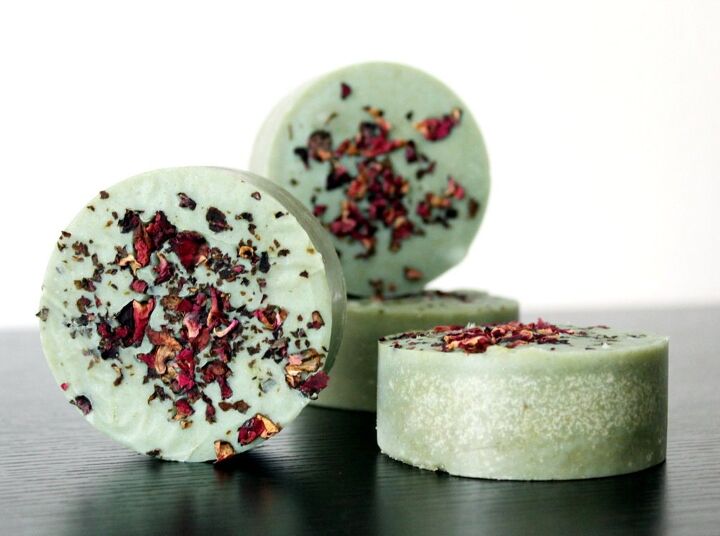












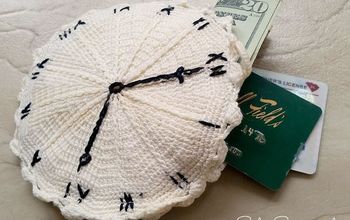
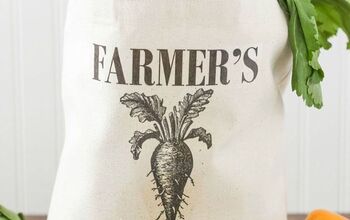


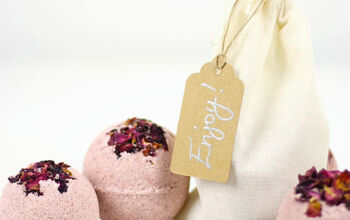
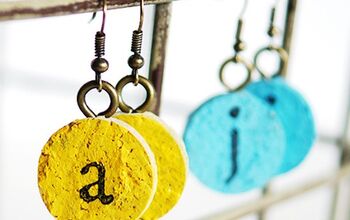
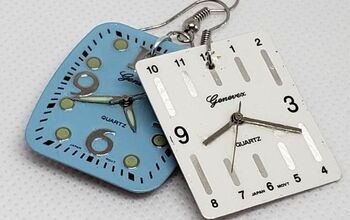

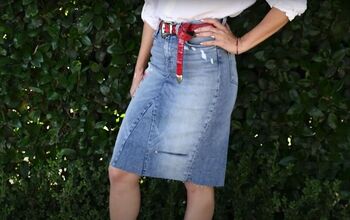




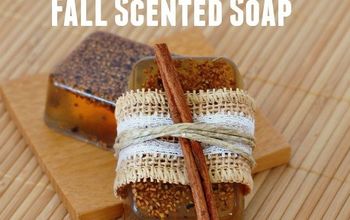

Comments
Join the conversation